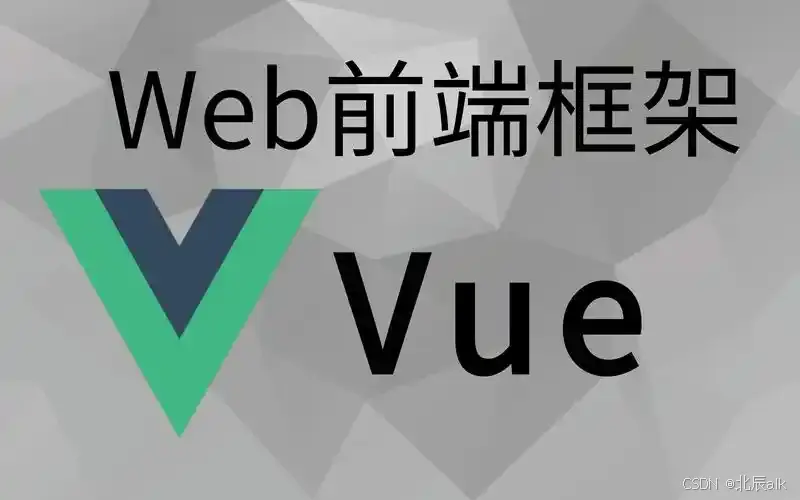Vue动态组件完全指南:原理、使用场景与最佳实践
文章目录
-
- 一、什么是动态组件?
-
- 核心特性:
- 二、基本使用方式
-
- 1. 基础语法
- 2. 组件注册方式
- 3. 动态组件生命周期
- 三、六大典型应用场景
-
- 1. 标签页切换系统
- 2. 多步骤表单流程
- 3. 动态仪表盘
- 4. 权限驱动视图
- 5. 插件系统集成
- 6. 服务端驱动界面
- 四、高级使用技巧
-
- 1. 状态保持方案
- 2. 动态Props传递
- 3. 异步组件加载
- 4. 过渡动画支持
- 五、性能优化策略
-
- 1. 缓存策略对比
- 2. 代码分割配置
- 3. 内存管理示例
- 六、常见问题解决方案
-
- 1. 组件名称冲突
- 2. Props类型校验
- 3. 动态事件处理
- 七、最佳实践总结
- 八、扩展阅读方向
一、什么是动态组件?
Vue的动态组件是一种特殊的组件渲染机制,允许开发者通过数据驱动的方式动态切换不同的组件。它通过内置的is属性实现,能够根据当前状态渲染不同的组件,是构建灵活交互界面不可或缺的功能。
核心特性:
- 运行时组件切换:无需修改模板代码即可改变显示内容
- 组件实例复用:配合
- 动态绑定机制:基于响应式系统自动更新视图
二、基本使用方式
1. 基础语法
2. 组件注册方式
- 全局注册(适用于高频组件)
Vue.component('GlobalComponent', {...}) - 局部注册(推荐方式)
components: { LocalComponent: {...} }
3. 动态组件生命周期
创建前
created
mounted
更新
销毁前
destroyed
三、六大典型应用场景
1. 标签页切换系统
需求特点:
- 多个内容面板共享同一区域
- 需要保持切换时的流畅体验
实现示例:
2. 多步骤表单流程
需求特点:
- 分步收集用户信息
- 需要保持各步骤数据状态
- 支持前进/后退操作
实现策略:
data() {
return {
steps: ['BasicInfo', 'PaymentMethod', 'Confirmation'],
currentStep: 0,
formData: {
/* 共享的表单数据 */
}
}
},
methods: {
nextStep() {
if (this.currentStep < this.steps.length - 1) {
this.currentStep++
}
},
prevStep() {
if (this.currentStep > 0) {
this.currentStep--
}
}
}
3. 动态仪表盘
需求特点:
- 不同用户看到不同功能模块
- 支持用户自定义布局
关键实现:
4. 权限驱动视图
安全控制逻辑:
computed: {
authorizedComponent() {
if (this.user.role === 'admin') {
return 'AdminPanel'
}
if (this.user.subscription === 'premium') {
return 'PremiumFeatures'
}
return 'BasicView'
}
}
5. 插件系统集成
动态加载示例:
async loadPlugin(pluginName) {
try {
const plugin = await import(`@/plugins/${pluginName}.vue`)
this.currentPlugin = plugin.default
} catch (error) {
console.error('插件加载失败:', error)
}
}
6. 服务端驱动界面
配置示例:
{
"pageLayout": [
{
"component": "HeroBanner",
"props": {
"title": "欢迎页面",
"image": "header.jpg"
}
},
{
"component": "ProductGrid",
"props": {
"itemsPerRow": 4
}
}
]
}
四、高级使用技巧
1. 状态保持方案
2. 动态Props传递
3. 异步组件加载
components: {
AsyncChart: () => import('./ChartComponent.vue')
}
4. 过渡动画支持
五、性能优化策略
1. 缓存策略对比
| 策略 | 优点 | 缺点 | 适用场景 |
|---|---|---|---|
| 无缓存 | 内存占用小 | 重复渲染消耗大 | 简单组件 |
| 全缓存 | 切换速度快 | 内存占用高 | 小型应用 |
| LRU缓存 | 平衡性能 | 实现较复杂 | 通用场景 |
2. 代码分割配置
// vue.config.js
module.exports = {
chainWebpack: config => {
config.optimization.splitChunks({
chunks: 'all',
maxInitialRequests: Infinity,
minSize: 0,
cacheGroups: {
components: {
test: /[\\/]src[\\/]components[\\/]/,
name(module) {
const name = module.context.match(/[\\/]components[\\/](.*?)[\\/]/)[1]
return `component-${name}`
}
}
}
})
}
}
3. 内存管理示例
const MAX_CACHE_SIZE = 5
const cachedComponents = new Map()
function getComponent(name) {
if (cachedComponents.has(name)) {
cachedComponents.get(name).lastUsed = Date.now()
return cachedComponents.get(name).component
}
const component = loadComponent(name)
if (cachedComponents.size >= MAX_CACHE_SIZE) {
// 淘汰最近最少使用的组件
const lru = Array.from(cachedComponents.entries())
.sort((a, b) => a.lastUsed - b.lastUsed)[0]
cachedComponents.delete(lru[0])
}
cachedComponents.set(name, {
component,
lastUsed: Date.now()
})
return component
}
六、常见问题解决方案
1. 组件名称冲突
解决方案:
components: {
'special-button': () => import('./Button.vue')
}
2. Props类型校验
props: {
dynamicProps: {
type: Object,
default: () => ({}),
validator: value => {
return !value.hasOwnProperty('secretKey')
}
}
}
3. 动态事件处理
七、最佳实践总结
- 合理使用缓存:根据业务需求选择缓存策略
- 组件拆分原则:保持动态组件的单一职责
- 性能监控:使用Vue DevTools分析渲染性能
- 错误边界处理:添加错误捕获机制
- 版本控制:对动态组件进行版本管理
八、扩展阅读方向
- 结合Vuex实现跨组件状态管理
- 使用Render函数实现更灵活的动态渲染
- 基于Web Components的跨框架组件方案
- 服务端渲染(SSR)中的动态组件处理
通过掌握动态组件的核心原理和实践技巧,开发者可以构建出更灵活、更高效的Vue应用。本文涵盖从基础使用到高级优化的完整知识体系,建议结合具体项目需求选择合适的技术方案。
